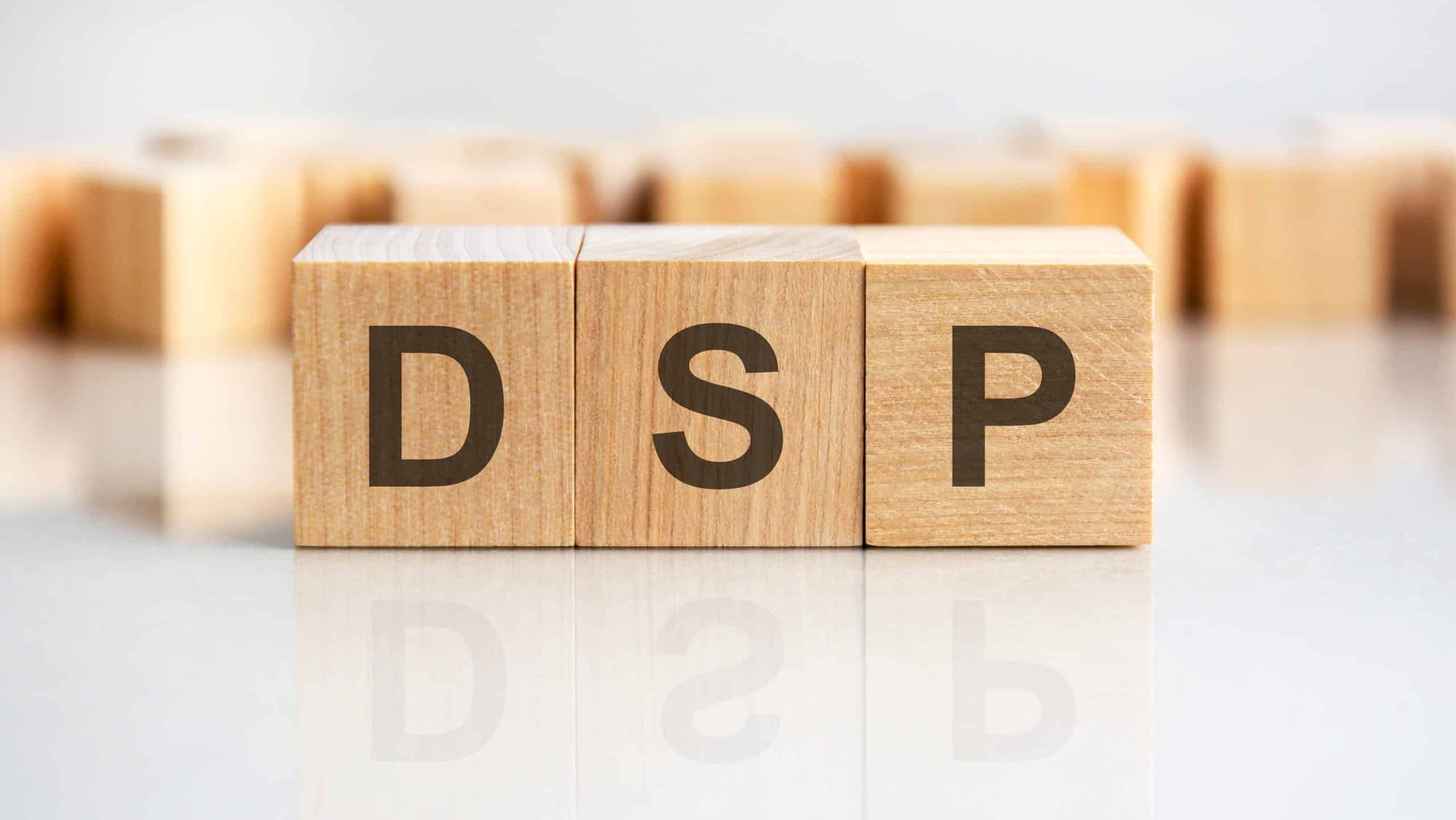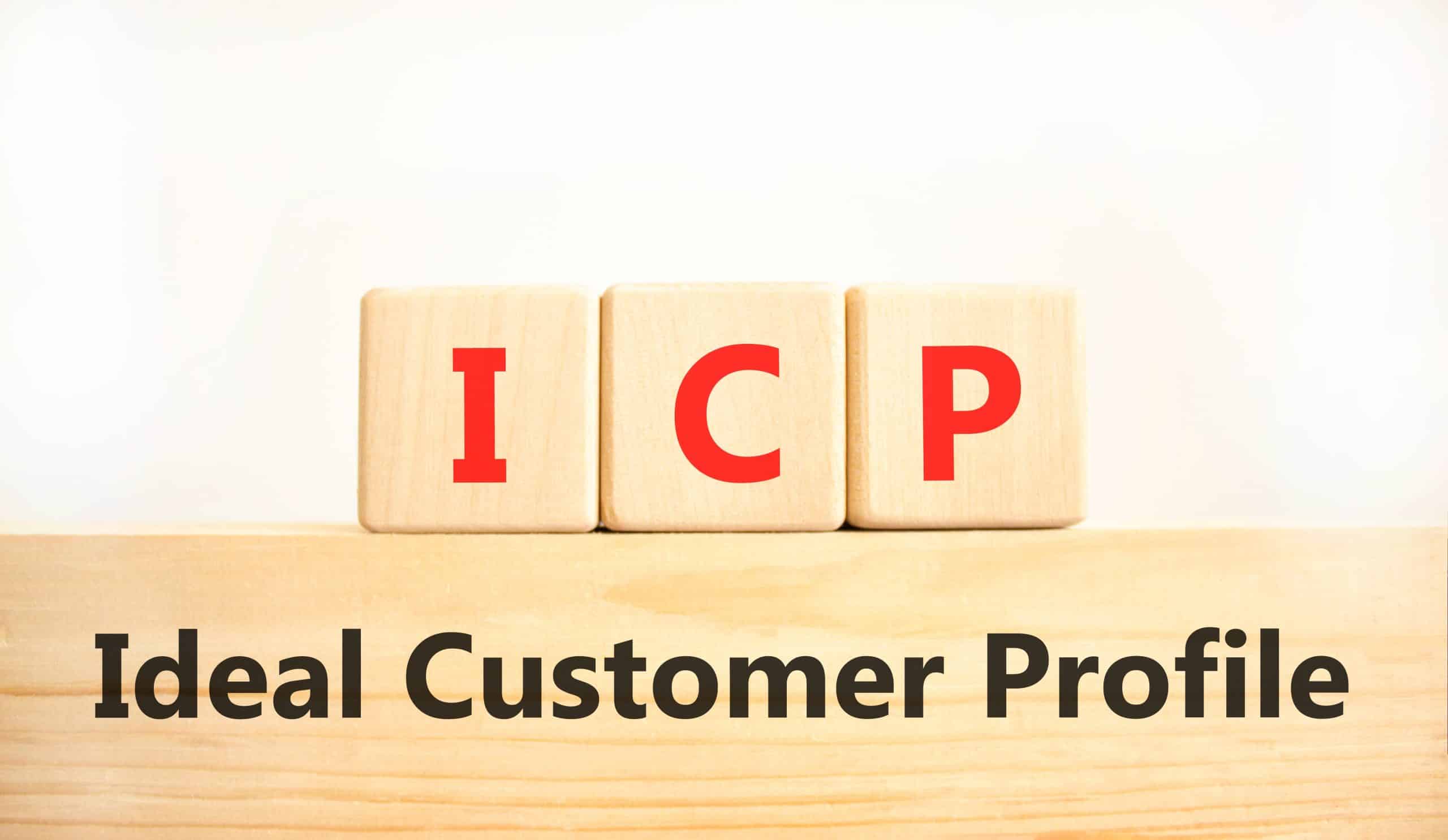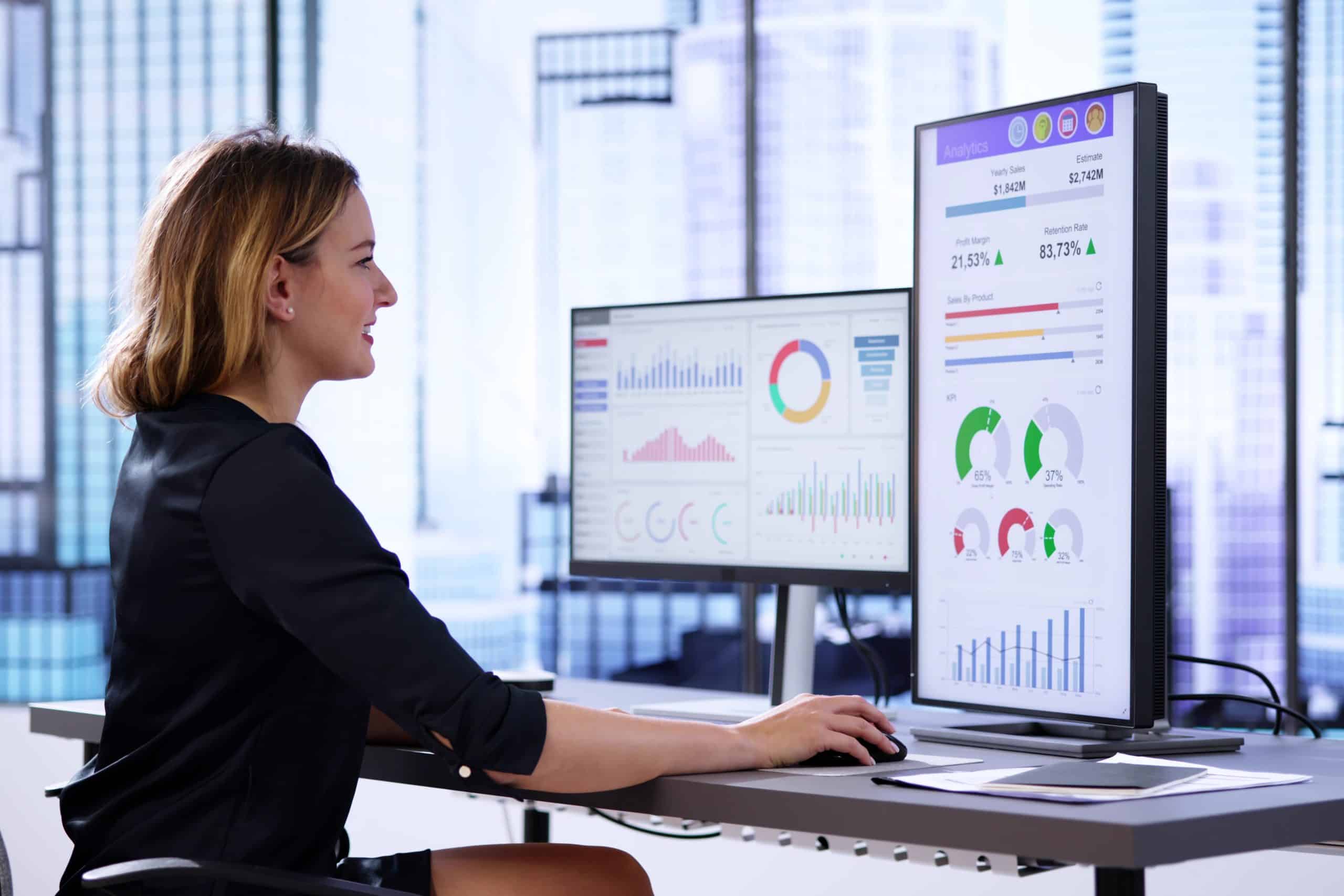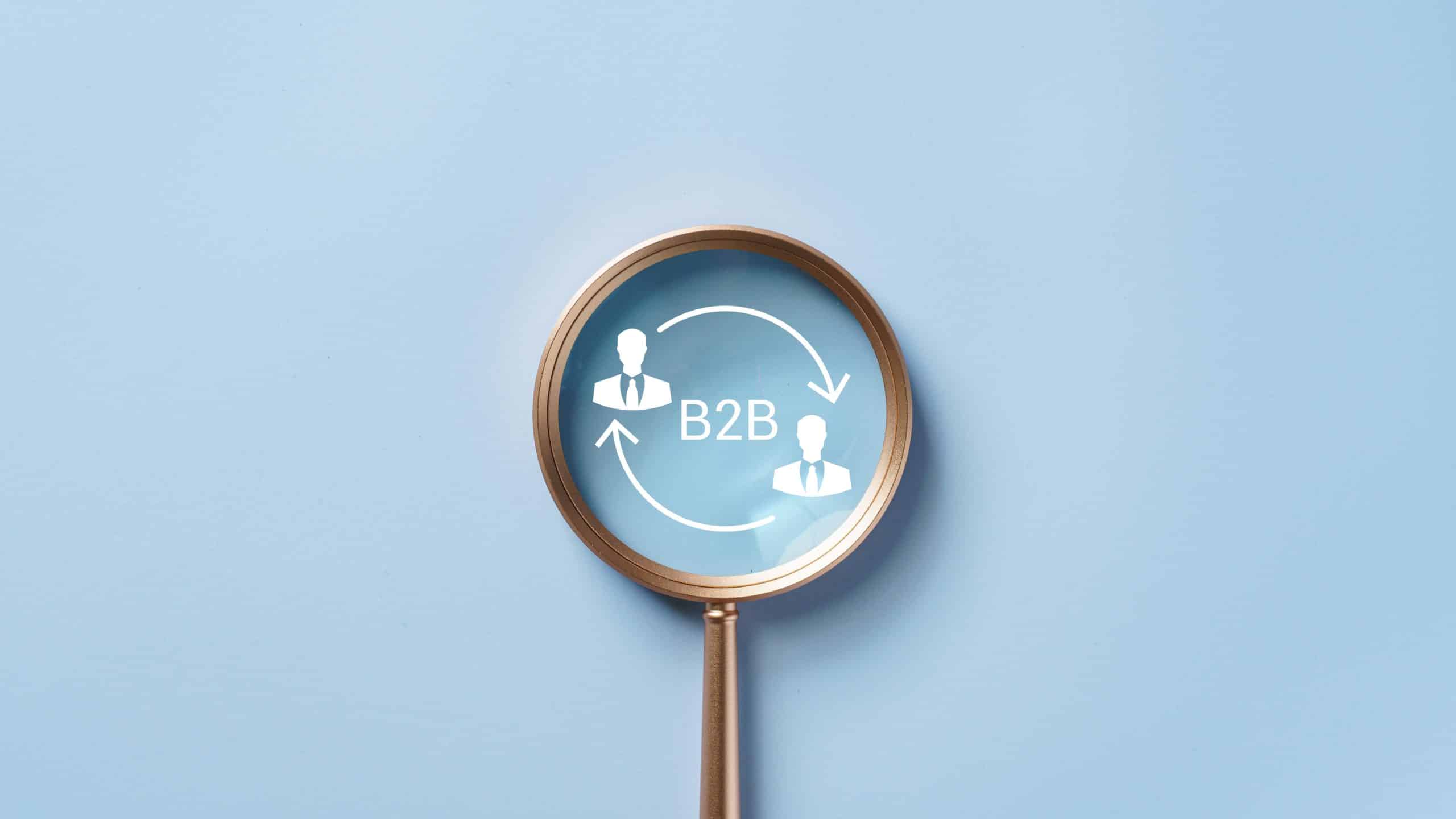Programmatic advertising uses technology to streamline the ad-buying process. In 2025, with AI-driven bidding doing the legwork, advertisers can create efficient, targeted, and relevant campaigns for their audiences. Here, I’ll explore how programmatic advertising works with Demand-Side Platforms (DSPs).
What Is A Demand-Side Platform (DSP)?
A demand-side platform (DSP) is software advertisers use to automate buying ad inventory from publishers. Advertisers can also work with specific types of DSPs, such as mobile DSPs, video DSPs, and programmatic native DSPs, which specialize in certain ad formats and placements.
Programmatic DSP platforms emerged as the internet expanded and the number of ad channels, targeting opportunities, and customer data resources exploded. They offered advertisers a way to buy and launch campaigns at scale, since the alternative was to manually communicate and negotiate with sales representatives on each deal, wasting valuable time and resources. Even when the manual process worked, the tools didn’t exist to automatically optimize their budgets and targeting methods. That’s where DSPs came in.
How Does a DSP Work?
When a reader visits a publisher’s website that contains an ad placement, the DSP is triggered to find the right ad creative to fill that spot. A real-time bidding auction occurs, wherein advertisers compete for that placement in front of that target audience member. The advertiser with the winning bid gets the spot, delivering its creative on the publisher’s website.
When advertisers hire a programmatic ad network, it will have direct integrations with the world’s leading DSPs, allowing advertisers to reach millions of daily active users. Depending on the network, advertisers can place ads on a homepage, mid-article, or in-feed to achieve massive scale and grab people’s attention.
Let’s break down the programmatic process even further by looking at the different DSP media buying methods.
DSP Media Buying Methods
Real-Time Bidding (RTB) or Open Marketplace
Real-time bidding (RTB) is the auction process by which advertisers compete for programmatic placements on DSPs. Each advertiser sets their highest bid, often determined by cost-per-thousand impressions (CPM). Then, the DSP ad tech auctions those bids in real time for each available ad spot.
RTB is effective because it allows advertisers to vie for potentially thousands of DSP ads across channels without wasting their budget. They know that each time they win an ad placement, they’ll never pay more than they allocated in advance. If competition for inventory heats up, they can always increase their bid to get in front of their target audiences.
Not all programmatic advertising is purchased through RTB, but much of it is because it allows advertisers to launch more cost-efficient campaigns at scale.
Private Marketplace (PMP)
Private marketplaces (PMPs) are RTB auctions with one caveat: They’re invite-only and exclusive to certain advertisers. Advertisers might choose PMPs over RTBs to access select ad inventory from high-quality publishers.
Programmatic Direct
Programmatic direct is similar to traditional ad buying in that it involves creating a one-to-one agreement between a publisher and an advertiser. The difference is they agree on a guaranteed, fixed CPM, but the advertiser still buys placements programmatically through a DSP.
Because impressions are purchased a la carte, programmatic direct can be pricer and less scalable than RTB and PMP. Still, it also offers more transparency between the advertiser and the publisher.
Supply-Side Platform (SSP)
If programmatic media buying is a coin, DSP is one side and supply-side platform (SSP) is the other. When it comes to DSP vs. SSP, DSP is the platform advertisers use to buy programmatic ad inventory and SSP is the platform publishers use to sell ad inventory.
Just as DSPs help advertisers save time and optimize their campaigns, SSPs help publishers instantaneously find the right ad partners and make the best placements for their revenue goals and audiences. This way, publishers know they’re serving their sites the most relevant and lucrative ads.
Data Management Platform (DMP)
A data management platform (DMP) is software that advertisers use to collect, monitor, and manage customer data from across platforms. For example, a DMP might pull data from websites, apps, social channels, customer support centers, and email. The platform will then use that data to identify targeting options and parameters for programmatic ads.
As to the question of DMP vs. DSP, each platform fills a unique role in the programmatic buying process. The DMP holds and activates the data, and the DSP then uses that data to buy the most relevant, targeted placements. Together, the DMP and DSP work in sync as part of the overall programmatic advertising ecosystem.
Ad Exchange
Speaking of that ecosystem, here’s another one of its important components: The ad exchange. This platform is what connects the DSP and SSP, forming the heart of the programmatic process and where the actual buying and selling takes place. The ad exchange is where everything comes together — the publisher’s criteria, the advertiser’s bidding parameters, and the customer data to ensure that the right campaigns are selected to run in real time.
So, how does DSP vs. ad exchange stack up? The DSP feeds the advertiser’s customer data, targeting preferences, and bids to the ad exchange, where they’ll be matched with the publisher’s data, which is fed through the SSP.
Advantages of using a DSP
Lately, many DSP platforms have been shifting toward upper-funnel campaigns through Connected TV (CTV) channels. This can be effective for brand awareness, but it’s not helpful if you want to be able to measure results at scale. That’s not to say DSPs are no longer relevant. Here’s a closer look at the pros and cons, including some performance marketing solutions in areas where DSPs lag.
Massive Reach
DSPs make it possible for advertisers to generate millions of ad placements across multiple channels, including display, video, mobile, social media, native, and CTV. This gives advertisers broad upper-funnel exposure, which not all performance marketing platforms can offer at the same scale. This massive reach is ideal for advertisers prioritizing brand awareness over conversions.
Ad-Buying Across Multiple Exchanges
If you’re running ad campaigns for a large retailer or e-commerce brand, you’ll likely appreciate the ability to leverage programmatic buying and real-time bidding (RTB) to bid on ad impressions. DSP campaigns can be based on audience behavior, location, and device type (mobile, desktop, etc.). DSPs can deliver this across multiple exchanges.
Optimized For CTV Ads
Demand-side platforms (DSP) are ideal for Connected TV ad campaigns because they enable advertisers to access ad space on many CTV platforms using a single interface. For example, the Trade Desk is a popular DSP that supports CTV campaigns. This and other DSP platforms also offer tools for Connected TV, so you can target specific audiences based on viewing behavior, demographics, and interests.
Disadvantages of Using a DSP
While demand-side platforms remain helpful, the trend toward CTV campaigns doesn’t work for many advertisers. If you need measurable outcomes rather than top-of-funnel brand awareness, you’re likely better off with a performance marketing solution. With that in mind, here are some other drawbacks of DSPs.
Limited Transparency in Ad Placement
Advertisers who use DSPs don’t always know where their ads are appearing. This can lead to lower-quality placements or ads appearing on dubious websites. Performance marketing platforms can eliminate this problem by working with premium publishers to ensure your ads receive high-quality placements.
Vulnerable to Bot Traffic
DSPs can be vulnerable to bot traffic driving invalid impressions because they utilize so many ad exchanges. This can lead to wasted ad spend. With performance marketing, you only pay when a user completes a desired action that produces real results. For example, clicking on an ad, making a purchase, subscribing to a newsletter, etc.
Lack of Engagement
A DSP campaign that only focuses on impressions can lead to money being spent on ads that users don’t actually see (just because an ad is delivered doesn’t mean people are watching it!) By leveraging AI-driven targeting, performance marketers can optimize your ad placements, improving viewability and engagement.
Too Reliant on Third-Party Data
In recent years, governments and regulatory bodies worldwide have moved toward more stringent privacy laws. Examples include Europe’s General Data Protection Regulation (GDPR) and the California Consumer Privacy Act (CCPA). This increased regulation has led to a decline in third-party cookies, making it more difficult for DSPs to track users across different websites, which traditionally helped them reach their target audiences.
While DSPs have normally relied on third-party data, performance marketers work with publishers who can deliver first-party data. This means they can provide personalized ads to the right audience without relying on tracking methods that are no longer effective.
What To Look For In A DSP Platform
With a variety of DSPs available, it’s important for advertisers to understand their options and consider the differences between each offering. Examples of popular DSPs include AdRoll, MediaMath, Google’s DV360, and The Trade Desk.
Here are some of the attributes to take into account when choosing the best platform for your business:
Ad Formats and Inventory
Does the DSP allow you to buy ads across websites and mobile apps? Does it support standard IAB ad sizes along with video, display, and native ad placements so you can reach audiences with the most engaging content?
Compatibility With Other Platforms
Can the DSP integrate with your DMP so you don’t have to transfer all of your data to another platform and rework your analytics processes? Does it have integrations with any other third-party services to help you maximize your campaign distribution, performance, and tracking capabilities?
Brand Safety
Does the DSP have features in place to help ensure your brand safety, such as including block and allow lists? Does the DSP have a screening or qualification process for publishers and ad placements, ensuring that your ads are only shown on high-quality, pre-approved digital properties?
Pricing
What is the DSP’s cost structure? Will you pay monthly, quarterly, or yearly? Does it include standard charges such as cost per install, per click, or per view? Are there any hidden fees that could potentially eat into your budget and affect your ROI?
Key Takeaways
Programmatic advertising through DSPs continues to deliver value in terms of scalability, especially for top-of-funnel campaigns like Connected TV ads, which are great for brand awareness. Unfortunately, they lack the ability to track critical bottom-funnel metrics like conversions, signups, and leads. If you need to maximize ROI, you may be better off with a performance marketing strategy — since it focuses on more measurable outcomes that produce revenue, it can be more cost-effective than a programmatic DSP. Ideally, advertisers will take a balanced approach and leverage both strategies to achieve the best possible results.



